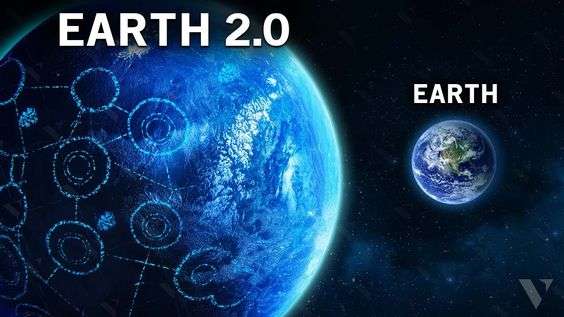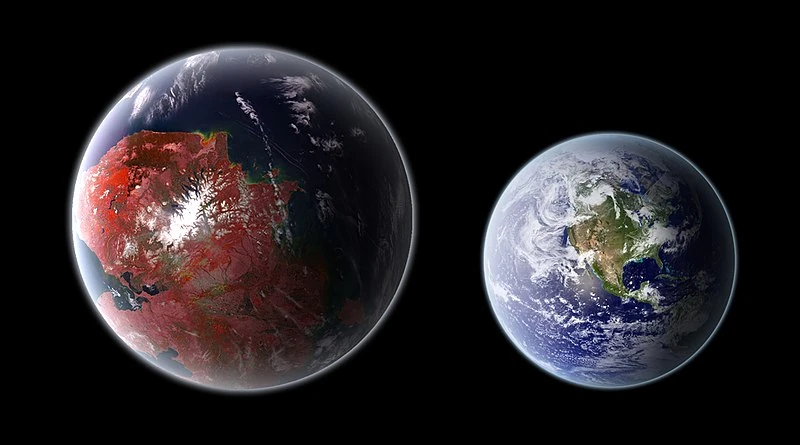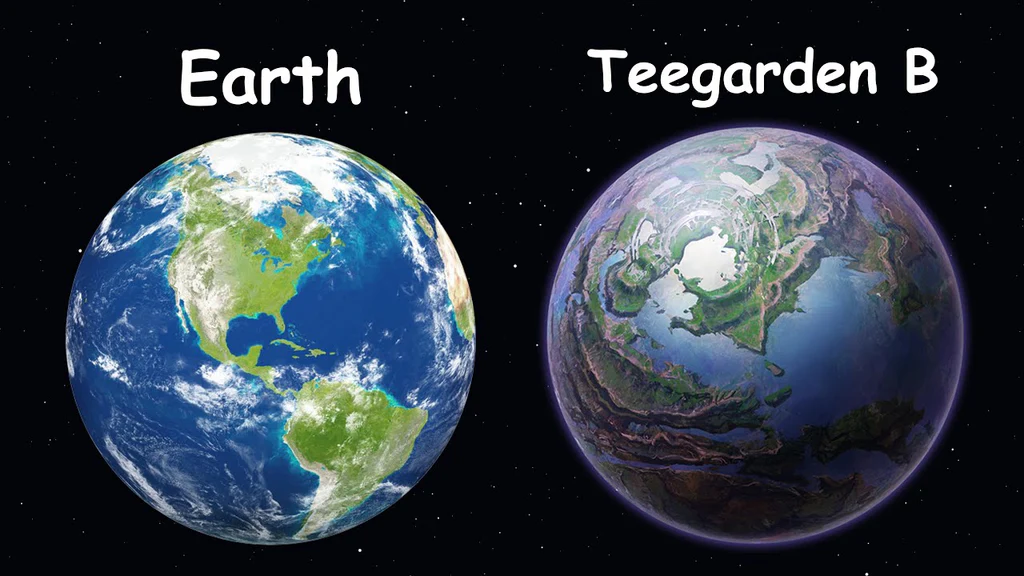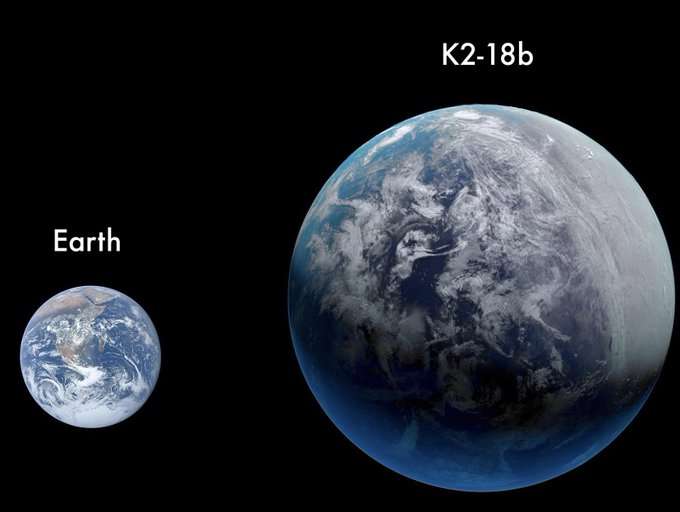
Introduction
In a groundbreaking discovery that could reshape our understanding of habitable worlds in the universe, scientists have identified a number of exoplanets that may be even more suitable for life than Earth. These “superhabitable” planets offer conditions that could be more favorable for sustaining life, potentially altering the way we search for extraterrestrial life and our understanding of where life can thrive.
The Quest for Habitable Planets
Defining Habitability
Traditionally, the search for habitable planets has focused on finding Earth-like conditions: a planet located in the “habitable zone” of its star, where temperatures allow for liquid water on the surface. However, new research suggests that other factors might contribute to a planet’s ability to support life.
Expanding Criteria
Researchers are now considering additional criteria such as the planet’s age, size, and geological activity, which could provide even better conditions for life than those found on Earth.
The Discovery
Kepler Space Telescope
The Kepler Space Telescope, launched by NASA in 2009, has been instrumental in identifying thousands of exoplanets. Among these, scientists have pinpointed several that meet the criteria for being “superhabitable.”
Notable Superhabitable Candidates
Kepler-442b: Located approximately 1,200 light-years away, Kepler-442b is larger than Earth and orbits its star at a distance that allows for moderate temperatures and potentially liquid water.

Teegarden’s Star b: This exoplanet, only 12.5 light-years away, orbits within the habitable zone of its star and has a surface temperature similar to Earth’s.

K2-18b: Found in the constellation Leo, this planet is in the habitable zone of its red dwarf star and has shown signs of water vapor in its atmosphere.

Characteristics of Superhabitable Planets
Age and Stability
Older planets, particularly those that are 5 to 8 billion years old, may have more stable climates and extended periods for life to develop and evolve. In comparison, Earth is about 4.5 billion years old.
Size and Gravity
Planets slightly larger than Earth, known as “super-Earths,” may have stronger gravity, which can help retain a thicker atmosphere, protect against harmful cosmic radiation, and support more diverse and robust ecosystems.
Geological Activity
Active geology, including plate tectonics and volcanism, can recycle nutrients and regulate the planet’s climate, creating a dynamic and life-sustaining environment.
Implications for the Search for Life
New Search Strategies
The discovery of superhabitable planets encourages scientists to broaden their search criteria beyond Earth-like conditions. This means looking for planets that are slightly larger, older, and potentially more geologically active than Earth.
Potential for Extraterrestrial Life
These findings increase the chances of discovering extraterrestrial life. Superhabitable planets may provide more stable and favorable conditions for life to emerge and thrive over long periods.
Reassessment of Earth’s Uniqueness
The concept of superhabitable planets challenges the notion of Earth’s uniqueness in the universe. While Earth is a life-sustaining planet, it may not be the pinnacle of habitability. This realization could shift the focus of future space missions and research priorities.
Future Missions and Research
James Webb Space Telescope
The upcoming James Webb Space Telescope (JWST), set to launch in 2021, will play a crucial role in studying the atmospheres of exoplanets, including superhabitable candidates. It will provide detailed observations that could reveal signs of habitability and even potential biosignatures.
Continued Exoplanet Surveys
Ongoing and future exoplanet surveys, such as those conducted by the Transiting Exoplanet Survey Satellite (TESS) and the European Space Agency’s PLATO mission, will continue to identify and characterize exoplanets, expanding our knowledge of potentially habitable worlds.
Conclusion
The discovery of planets that may be better suited for life than Earth is a monumental step forward in the search for extraterrestrial life and our understanding of the cosmos. These superhabitable worlds offer exciting new possibilities and challenge our perceptions of habitability. As technology advances and our search criteria evolve, the dream of finding life beyond Earth becomes increasingly plausible. The universe, it seems, may be teeming with worlds even more hospitable than our own.
